So many people would think a Sunday Dinner with lots of vegetables sitting around the table with close friends or family is a good thing. Surely it should be but here is a disturbing fact according to recent news reports…
“Eating a roast dinner can mean you’re swallowing more than 230,000 microplastics“. [R] ?
I don’t even know what to think about this and I AM NOT looking to cover any news here. However, really just based on this news I thought I would look at 10 Innovative Ideas on How To Avoid Consumption of Microplastics.
NOW this is something I have been aware of for a while – that anything that uses plastic will leak out microplastics.
Whether this be bottled water, ready meals, or even vegetables and meat. Anything basically that we eat or drink that comes in plastic packaging is very most likely covered in plastic residue. Microscopic fibers that we unknowingly consume every time that we come into contact with anything plastic with our food and drink.
Hence why I’ve decided to write this blog post;
10 Ideas To Try Instead of Plastic Food Packaging
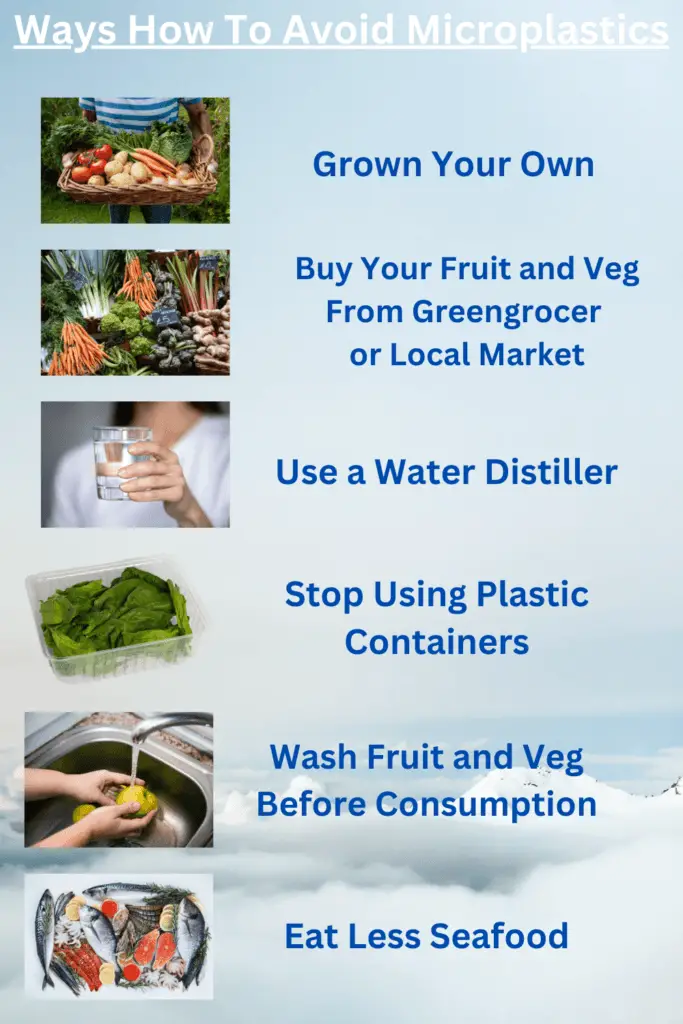
Now let’s start here>>>
It might seem that the news reports saying we are eating the equivalent of 2 plastic bags a year are a bit OTT. I think mainstream news generally is rubbish but in my research, this is definitely something I’ve uncovered THAT regularly consuming these very small bits of plastic is not good for our health.
So in today’s post let’s look at why and what we can do to minimize the amount of plastic that is going into our bodies.
- Idea 1: Grow Your Own Fruit and Vegetables
- Idea 2: Buy Local From Greengrocers and Markets
- Idea 3: Get a Water Distiller and A Stainless Steel Bottle
- Idea 4: Remove Food In Plastic Packaging To Non-Plastic Containers
- Idea 5: Buy food in bulk and buy fewer packaged products.
- Idea 6: Wash fruit and vegetables before consumption
- Idea 7: Do not cook in plastic containers
- Idea 8: Cut down on Seafood
- Idea 9: Regularly Vacuum Your Living Space
- Idea 10: Use Plastic Free Cosmetics
I will look to elaborate further on each of these ideas shortly but anyhow…
Why Consuming Microplastics Is Unhealthy!
OK, so It seems like forever ago that I wrote my post about the Halki Diabetes Remedy. Some people will say that this is just your typical crappy Clickbank product but I highlight this because it was this product’s sales page that really opened my eyes to BPAs and toxic microplastics.
In fact, this was one of my very first ever blogs on this website and this is something I have gone to look back into on numerous occasions now. This I believe does appear to be true and the very notion that the chemicals that these microplastics are made from can cause illnesses such as Insulin Resistance, Diabetes, and Alzheimer’s disease seems to me to be a bit more than a coincidence
I actually will let you make your own mind up;
- https://pubmed.ncbi.nlm.nih.gov/35588841/
- https://www.diabetes.co.uk/news/2022/apr/microplastics-have-now-been-found-in-human-blood-as-experts-warn-they-could-travel-through-the-body-and-become-stuck-in-organs.html
- https://www.ncbi.nlm.nih.gov/pmc/articles/PMC7282048/
Now moving on here are my top ideas for How To Avoid the Consumption of Microplastics…
Idea 1: Grow Your Own Fruit and Vegetables
Besides eliminating the risk of contaminating your food with microplastics growing your own fruit and vegetables can be a rewarding and enjoyable experience. Not only does it provide you with fresh, healthy produce, but it also allows you to have control over the quality of your food, and can even save you money in the long run.
And not only this and the benefits of having fresh and healthy produce gardening can also be a great way to get outside and enjoy nature, as well as providing an opportunity for physical activity and mental relaxation.
It really is a win-win situation but if you having any difficulty growing your own food you may also want to consider…
Idea 2: Buy Local Produce from Grocers and Markets
Convenience stores and supermarkets definitely make life a lot easier but when we think about it how many times when we buy potatoes, bananas, carrots, onions, and really any kind of fruit or veg are they wrapped up in plastic?
This is exactly what the news reports were about – this is why we are unknowingly consuming mg upon mg of microplastics.
Of course, this can be avoided. We can do 2 things either grow our fruit and veg or buy from a greengrocer. What you should find in most cases is your fruit/veg will be loose and put into a brown paper bag. This might not seem like a big deal but buying locally is not only just taking plastics out of the equation but you are also supporting small local businesses.
And this is definitely something to give some thought to but if you really want to take this seriously…
Idea 3: Get a Water Distiller and A Stainless Steel Bottle to Stop Using Plastic Bottled Water
If you actually google this “ways to avoid coming into contact with microplastics” it says in more than one result “drink tap water instead of bottled water”. I would suggest that you actually get some water-testing strips because tap water is known to contain many nasty things such as fluoride, arsenic, and even harmful bacteria such as E. coli. [R]
So as a better option, you can buy a countertop water distiller. One of these should set you back about $500 but long term if you are buying bottled water all the time this will actually save you money long term. You also will no longer have to worry about microplastics floating around in your water.
Although, one good tip if you get one of these add apple cider vinegar to your water once it’s been distilled. This is a good idea because these machines are known to take out the good minerals and vitamins from water as well as the bad stuff.
Read More Here: Why You Should Buy a Water Purifier for Better Health and Wellness
Idea 4: Remove Food In Plastic Packaging To Non-Plastic Containers
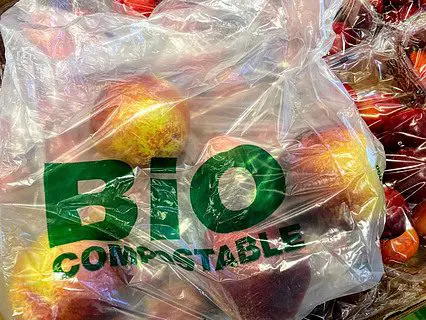
This might sound stupid and unnecessary but another thing that has come up in my research for this article is not to keep things like fruit, vegetables, and even meat in plastic packaging. It might sound a bit extreme but another idea that might help decrease the consumption of microplastics is to remove food from plastic packaging at the earliest convenience.
So if you buy a bag of apples or carrots that come in a plastic bag as soon as you get home put them in something like a brown paper bag. You can buy these from eBay and they are also great for sandwiches to take to work etc.
As bizarre as this might sound the longer you leave food wrapped in plastic the more it can seep through microplastics into the food. It might sound like a tall order but even with meat as soon as you get back from the shops find something that is non-plastic to store your food in instead.
It might take some practice but do this and also try this…
Idea 5: Buy Food in Bulk and Buy Fewer Packaged Products Where Possible
Taking the above point a step further another thing you can do is cut down your consumption of microplastics by obviously buying fewer products with plastic packaging. You can as I suggested in idea 2 shop at places such as farmer’s markets and greengrocers but even in supermarkets and convenience stores you find food that you can buy that isn’t in plastic packaging.
Also, buying food in bulk can be a good way to work your way around this too because buying in bulk can mean using less plastic packaging thus fewer microplastics will come into contact with your food.
Not to mention that by buying in bulk you can very often save a lot of money which really is the silver lining.
But don’t stop there. Once you are conscious of how much plastic is spoiling your food you can look to not only your food storage habits but also your food preparation and cooking habits.
I just thought of this one whilst making my dinner…
Idea 6: Invest In Non-Plastic Cuttlery and Kitchenware and Replace Plastic Utensils
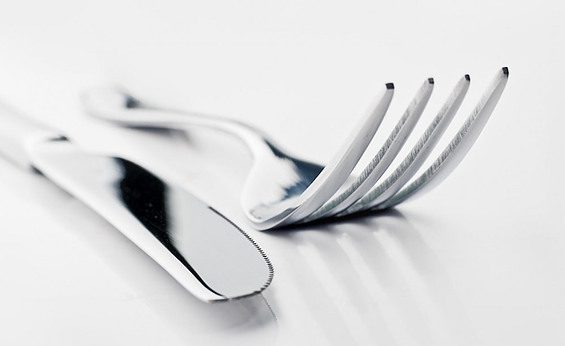
When you are next in the kitchen making dinner or lunch take a look around and see, how many utensils like knives, forks, and spoons have plastic handles.
Also, what are your potato masher, sieve, and cheese grater made from?
Then ask if could you replace these items with others that are plastic-free. You can even look to the second-hand market for some of these bits. You basically want to replace as many things out of your kitchen that are plastic-free as possible.
Fully metal utensils with glass jugs and bowls are all suitable replacements. As soon as you actually do start to take action here this is such a big deal and certainly in the long run is completely worth it.
Much like…
Idea 7: Washing Fruits and Vegetables Before Consumption To Wash Away Microplastics

Actually, just thought of this myself not sure what effect this really has and I guess this depends on how clean your water supply is. Perhaps one suggestion is to get a water filter fitted under your sink. Just so you are washing your fruit and veg with clean water with no contaminants.
I mean they say you should wash fruit and vegetables before consumption anyway. This is to wash away any harmful bacteria in the soil the vegetables are grown in but by this logic, my thinking is that also if there are any microplastics that may have come into contact with the surface of your food this will wash those away too.
Not sure how much this helps but thought I would add this in here as sounds like a good idea.
Quite like this next one…
Idea 8: Do Not Cook In Plastic Containers
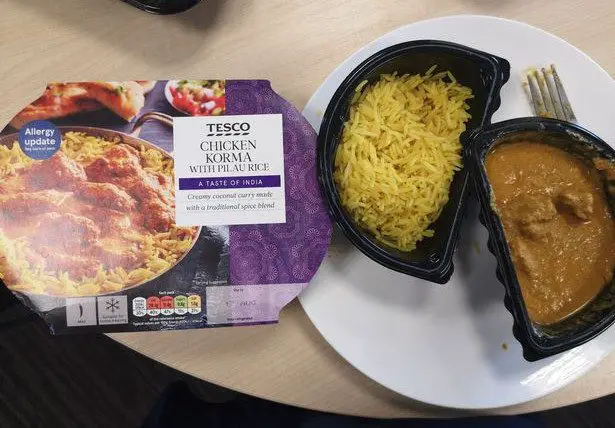
Actually, I think this is something that people definitely must do. As much as it might be a pain to wait for a frozen ready meal to defrost so that you can cook it in something else other than the convenient plastic packaging that it comes in this is a good one. Mostly because when we cook food in plastic more plastic seeps into our food than usual and actually this is probably the worst thing anyone can actually do that wants to avoid the consumption of microplastics.
So next time you are about to tuck into a ready meal or your leftovers from last night in the plastic container make sure to transfer the contents into something like a ceramic bowl instead. As convenient as microwaves etc. are still be sure to give this some thought.
Idea 9: Cut down on Seafood

Another tip for avoiding the consumption of microplastics is to avoid seafood. Microplastics are small plastic particles that are smaller than 5 millimeters in size. These particles can come from a variety of sources, including the breakdown of larger plastic items, the shedding of microfibers from synthetic fabrics, and microbeads used in personal care products.
These tiny particles can be found in the ocean and can be ingested by marine animals, including fish and shellfish.
As a result, seafood can contain microplastics, which can then be consumed by humans.
Idea 10: Regularly Vacuum Your Living Space

For anybody that doesn’t regularly vacuum clean their living space, this is another reason why you should. Apparently because the longer you leave it the more microplastics you could potentially be breathing in from airborne particles.
This might sound a bit out there but really you should be keeping your home clean and tidy anyway so bears this in mind if you do not use the vacuum cleaner very often.
Microplastics or not you should do this really anyway.
Bonus Tip: Avoid Microbeads and Microfibers
Microplastics are found in a wide range of products, including personal care and beauty products. Microbeads, which are tiny plastic beads, are often used as exfoliants in scrubs, toothpaste, and other personal care products.
These microbeads can easily enter the water supply when they are washed down the drain, and they can be ingested by marine animals and eventually end up in the seafood that we eat.
In addition to microbeads, microfibers are also a significant source of microplastics. Microfibers are tiny fibers that are shed from synthetic fabrics, such as polyester and nylon, during washing. These fibers can also end up in the water supply.
The presence of microplastics in personal care and beauty products is a growing concern, as these particles can have negative effects on both the environment and human health. Ingesting microplastics can lead to a variety of health problems, including inflammation and damage to organs.
As a result, there has been a push to reduce the use of microplastics in personal care and beauty products. Some companies have pledged to remove microbeads from their products, and some countries have even banned their use. So definitely think about what personal care products you are using.
Final Word
For anybody actually concerned about the negative impact on our health the ideas above are certainly some things to consider. However one might wonder whether you can or not actually detox from microplastic consumption.
Unfortunately, it is not currently clear how to effectively detox the body from microplastics, as there is limited scientific research on the topic. However, there are some things that you can do to reduce your exposure to microplastics and potentially decrease the number of microplastics in your body.
One good idea is of course to consume a healthy diet rich in fruits and vegetables and drink enough water to promote a healthy digestion and elimination process.
This may help to reduce the number of microplastics that are present in your body by eliminating them through bowel movements.
It is also important to note that whilst there are steps that can be taken to reduce exposure to microplastics, there is currently no definitive scientific evidence that proves that these steps can effectively detox the body from microplastics.
Therefore, more research is needed in this area.
Read more: How To Detox Plastic Particles That Are In Everyone’s Body
Your Feedback
On one final note if you have found this content helpful today please consider giving this a share to your friends and followers on social media and if you would like to share your thoughts, questions, or anything else please do so in the comments section below.
Many thanks for reading and Stay Dynamic;
Best regards from
Alexander B. Chivers
DynamicIdeas4life.com
Contact us at chivs86@dynamicideas4life.com
References
Here are some references that you may find helpful;
- GESAMP. (2016). Sources, fate, and effects of microplastics in the marine environment: Part 2 of a global assessment. United Nations Environment Programme (UNEP), Nairobi, Kenya.
- Bergmann, M., Wirzberger, V., Krumpen, T., Lorenz, C., Primpke, S., Tekman, M. B., & Gerdts, G. (2019). High quantities of microplastic in Arctic deep-sea sediments from the HAUSGARTEN observatory. Environmental Science & Technology, 53(18), 10662-10669.
- Eerkes-Medrano, D., Thompson, R. C., & Aldridge, D. C. (2015). Microplastics in freshwater systems: a review of the emerging threats, identification of knowledge gaps and prioritization of research needs. Water Research, 75, 63-82.
- Li, J., Yang, D., Li, L., Jabeen, K., & Shi, H. (2015). Microplastics in commercial bivalves from China. Environmental Pollution, 207, 190-195.
- Lusher, A. L., McHugh, M., & Thompson, R. C. (2013). Occurrence of microplastics in the gastrointestinal tract of pelagic and demersal fish from the English Channel. Marine Pollution Bulletin, 67(1-2), 94-99.
- Napper, I. E., Bakir, A., Rowland, S. J., & Thompson, R. C. (2015). Characterization, quantity, and sorptive properties of microplastics extracted from cosmetics. Marine Pollution Bulletin, 99(1-2), 178-185.
- Rochman, C. M., Browne, M. A., Halpern, B. S., Hentschel, B. T., Hoh, E., Karapanagioti, H. K., … & Thompson, R. C. (2013). Policy: Classify plastic waste as hazardous. Nature, 494(7436), 169-171.
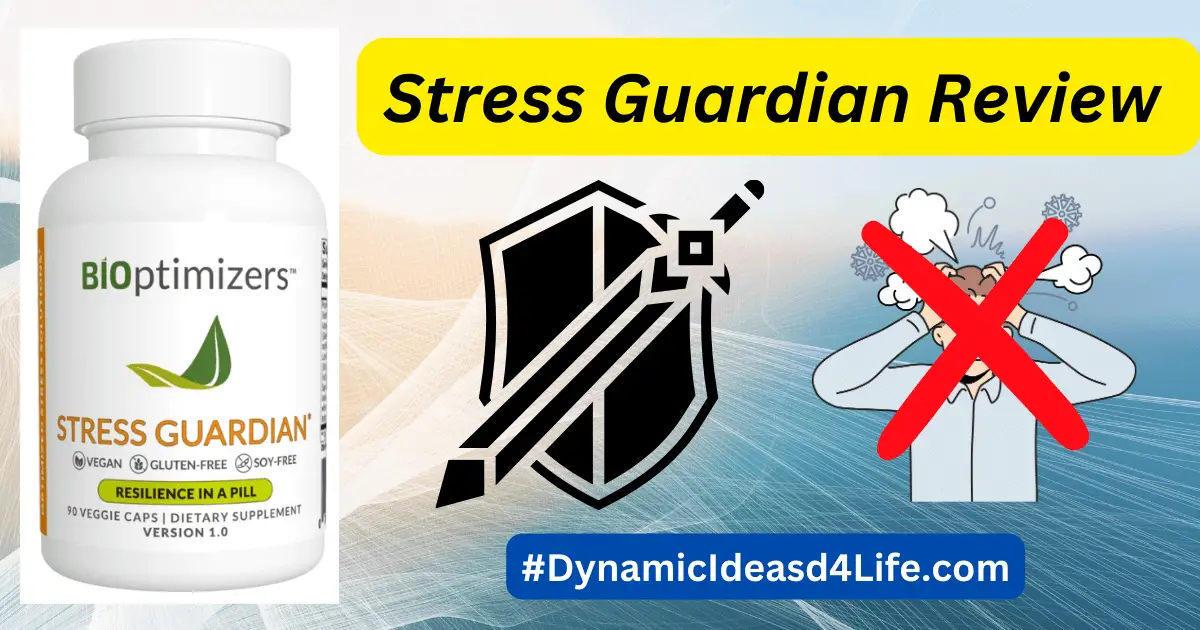
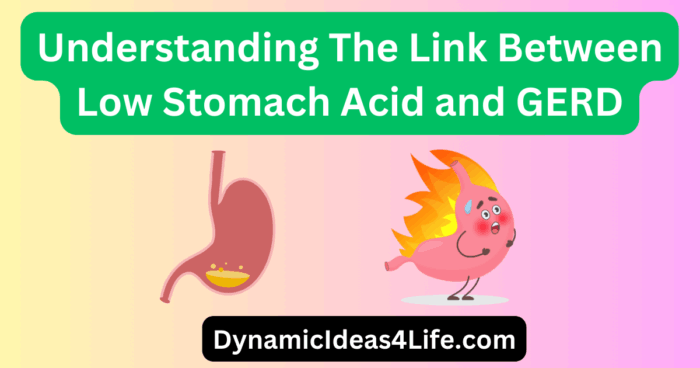
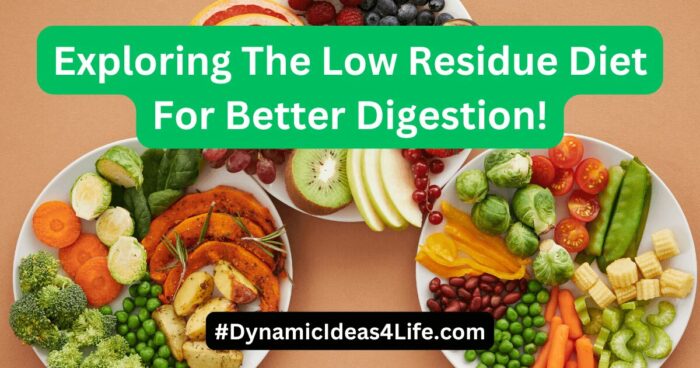
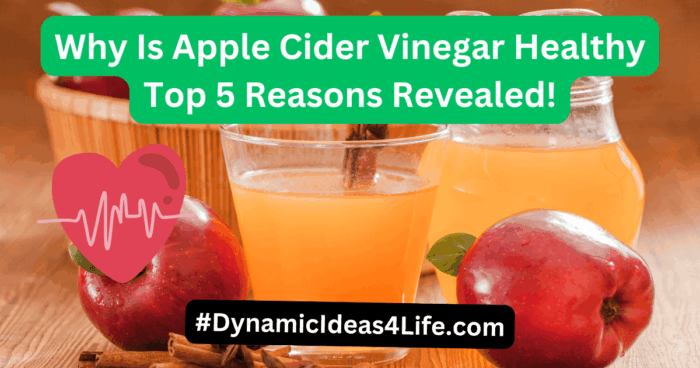
Anxiety and Depression best ways to lower blood sugar BiOptimizers blood pressure supplements blood sugar support supplements Digestive Enzymes Supplement digital products Dr Sam Robbins Erectile dysfunction Exercise Gut Health Healthy Living heart health HFL how to lower blood sugar levels How To Lower Cholesterol insulin resistance joint health supplement Keto keto dieting Keto Diet Weight Loss leaky gut supplements leptin resistance list Magnesium deficiency Matt Gallant mental health multivitamins Nootropics nutrient supplements Probiotics Probiotic Supplements proteolytic enzymes reverse type 2 diabetes stress and anxiety stress relief vitabalance vitapost Wade Lightheart weight loss articles weight loss diet plans weight loss product reviews weight loss supplements weight loss supplements that work weight loss tea
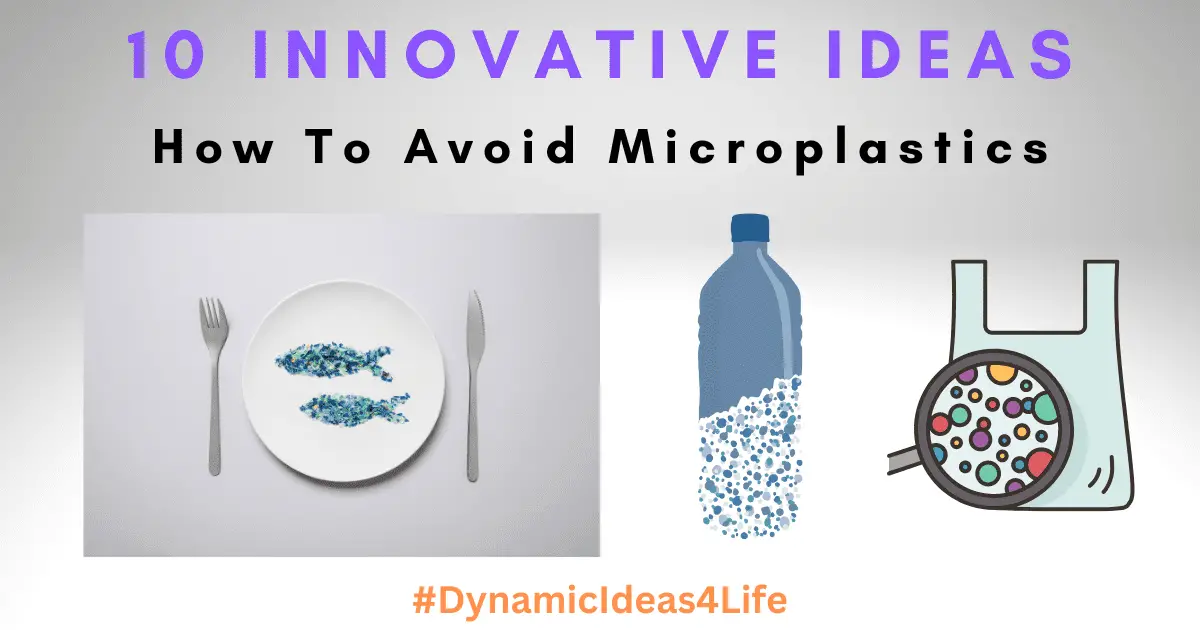
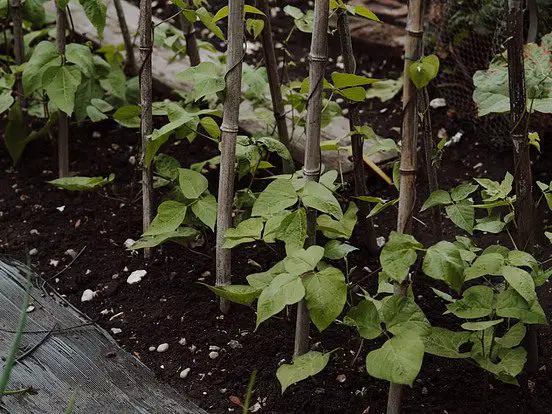
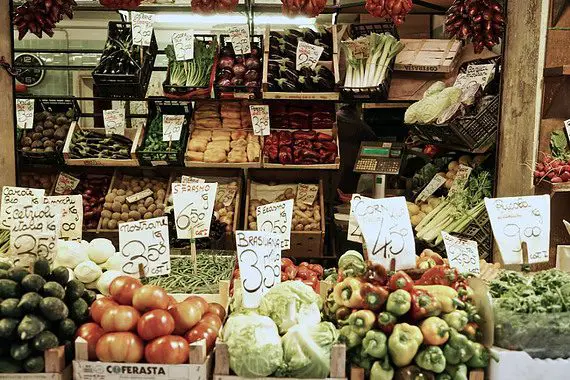
Thank you for your sharing. I am worried that I lack creative ideas. It is your article that makes me full of hope. Thank you. But, I have a question, can you help me?
Sure please ask away.